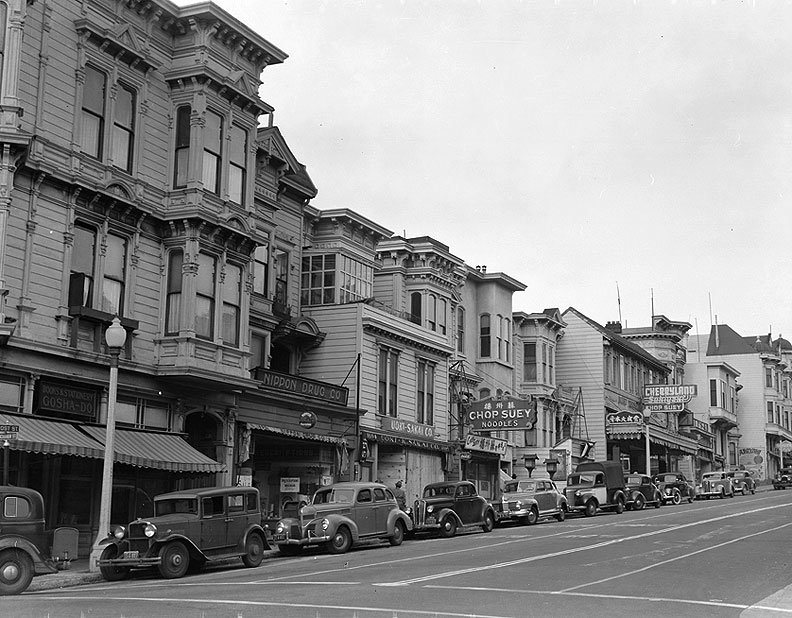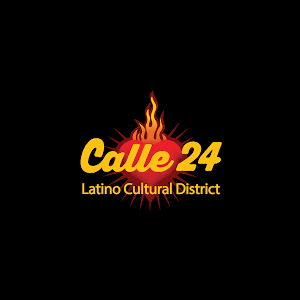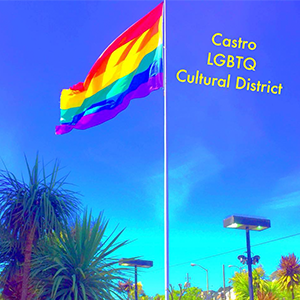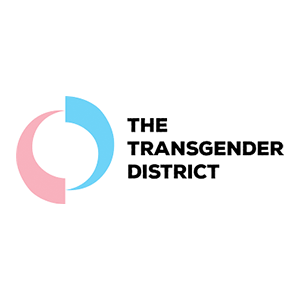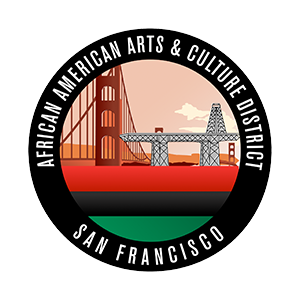About Our District
History
San Francisco Japantown was formed in its current location after the 1906 earthquake, and is the oldest and one of only three left in the nation.
Before World War II, there were over 80 Japanese and Japanese American communities across the country, at least 40 in California alone. Today, San Francisco Japantown is just one of three remaining in the nation. Government policies are responsible for the destruction of Japanese American communities, including the wartime incarceration of World War II and Redevelopment policies of the 1960s and 1970s. In both cases, Japanese American families and businesses were forcibly removed and largely uncompensated, decimating not only families and businesses, but entire communities.
San Francisco Japantown is a nexus for Japanese and Japanese American activity for the broad diverse community. Its community-based organizations, arts and cultural groups, unique businesses, celebrations, and festivals draw many to return.
San Francisco, Calif. Apr. 1942. A view of the business district on Post Street in a neighborhood occupied by residents of Japanese ancestry before evacuation and housing in War Relocation Authority centers for the duration of the war. Dorothea Lange photo. Courtesy of National Archives.
San Francisco’s Cultural Districts
In 2018, Japantown Cultural District was designated the very first Cultural District in the City & County of San Francisco.
The Japantown Cultural District (JCD) is one of eight San Francisco Cultural Districts, and is a formalized collaborative partnership with the City and County of San Francisco to stabilize historic communities at risk of displacement and gentrification.
Cultural Districts are funded by the Mayor’s Office of Housing and Community Development to address cultural heritage preservation and work with City agencies “to celebrate and strengthen the unique cultural identities of San Francisco’s neighborhoods; to preserve and promote diverse communities cultural assets and to ensure that residents and institutions thrive and, to formalize partnerships between the City and communities.”
Cultural Districts within San Francisco are distinguished by unique social and historical associations and living traditions. While physical geographic boundaries do exist, the cultural districts are defined by the activities that occur within them, including commerce, services, arts, events, and social practices.
JCD is a program of the Japantown Task Force (JTF), a 20-year community non-profit organization whose mission is preserve and develop Japantown, strengthen the ethnic diversity, and create an atmosphere of safety, beauty, vitality, and prosperity through extensive community engagement and input to plan for Japantown’s future.
Learning from Japantown Community Leaders
This interview project highlights the voices of community leaders from San Francisco Japantown. Through personal stories, we explore how Japantown has shaped their lives, their contributions to the community, and their advice to future generations.
Ms. Seiko Fujimoto
“When you share your opinion, you need to open your heart to listen to others, too.”
~Seiko Fujimoto, Executive Director of the Japanese Benevolent Society of California (Jikeikai)
Seiko moved to San Francisco Japantown in 1971 for her husband’s job. Despite the fact that she experienced the atomic bombing of Hiroshima at the age of 3, Seiko decided to embark on the adventure to see and experience the country that was once an enemy of Japan and responsible for the catastrophic bombing.
Unfortunately, the trauma from the war has resided in Seiko’s mind throughout her entire life. When she enters a new environment, she always fears being unwelcomed by people–and this trauma-based fear has extended to her children and grandchildren as well. Trauma can be multigenerational.
Despite this, Seiko continues to be a learner of the world. Through the Jikeikai which is the steward of the historic Japanese cemetery, she has read hundreds and hundreds of documents about the people in the Nikkei community who passed away, and she began to teach this history to others. These stories remind us that each Japanese immigrant faced many struggles, and that the Japantown we see today exists because of the contributions and resilience of these pioneering immigrants.
Interview Date: March 11, 2025
Interviewer: Motoka Hirasawa
Mr. Richard Hashimoto
“Retain and Teach — You can’t just keep experiences to yourself. You have to pass them on and create space for others to learn and grow.”
~Richard Hashimoto, President of the Japantown Merchants Association of San Francisco; Japantown Task Force Board Member; Kinmon Gakuen Japanese Language Institute Board Member
Richard Hashimoto has deep personal roots in San Francisco Japantown. His family settled in San Francisco in the 1960s, drawn by the sense of safety his issei mother felt among fellow Japanese immigrants. Growing up, Richard was active in Japantown Community Youth Council programs and began working for the Japantown Center Garage in 1977, launching a lifelong commitment to the community.
For over two decades, Richard has served as President of the Japantown Merchants Association, supporting businesses in Japantown. As a board member of the Japantown Task Force and Kinmon Gakuen, he has also dedicated himself to preserving Japantown’s cultural vibrancy.
Richard envisions Japantown as where people connect through family-inclusive housing, mutual understanding between nikkei and new immigrants, and community gatherings. Coming to a consensus is sometimes difficult due to cultural differences among people from various backgrounds, but he reminds us that it showcases how many people care about Japantown. His message to younger generations is “retain and teach”—share your stories, preserve culture, and help the next generation form Japantown with what’s been passed down.
Interview date: March 26, 2025
Interviewer: Motoka Hirasawa
Mr. Benh Nakajo
“It can feel overwhelming, but there's a reason to keep going— preserving Japantown means preserving our history.”
~Benh Nakajo, Kimochi Senior Services Board Member, Northern California Cherry Blossom Festival Vice President, Cherry Blossom Festival Queen Program Chairperson Emeritus, Japantown Task Force Board Member & Nominations Commission Chair.
In 1942, Benh Nakajo was incarcerated with his mother and older sister at the Minidoka Idaho concentration camp during World War II after they were forcibly removed from Portland, Oregon. His father was arrested the evening of December 7, 1942, and imprisoned at Fort Lincoln Internment Camp, in Bismarck, North Dakota. After the war, Benh’s family settled in San Francisco Japantown in the late 1950s. Although at first, Benh felt like an outsider in the tightly-knit community, he established his place as a lifelong supporter and leader within the community.
Benh believes Japantown needs more regular opportunities to strengthen community ties. Benh has been involved in Japantown for decades, helping to launch the Northern California Cherry Blossom Festival in 1968, assisting in the founding of Kimochi Senior Services, and working in community-focused roles, including with Japan Airlines and the opening of the Kabuki Hotel. The Cherry Blossom Queen Program is designed to foster leadership and cultural pride. Benh’s long-time participation in the leadership of the program represents his commitment to empowering the next wave of community builders.
Benh stresses the importance of remembering history, learning from those who came before, and working together across organizations. According to him, the future of Japantown depends on unity, memory, and action. His advice is to know your roots, lift each other up, and keep building community together.
Interview date: March 28, 2025
Interviewer: Motoka Hirasawa
Mr. Steve Nakajo
“We’re still alive. We still matter. We still contribute.”
~Steve Nakajo, Co-founder of Kimochi, Inc. with Sandy Mori, Co-founder of the Nihonmachi Street Fair, San Francisco Fire Department Commissioner
Steve Nakajo’s connection to Japantown is rooted in both personal history and cultural legacy. After losing his father at a young age, Steve spent part of his childhood in Japan where he was deeply influenced by his grandfather, a military general and educator. Returning to the U.S., he settled in San Francisco’s Japantown.
Determined to serve the community that shaped him, Steve co-founded Kimochi, Inc., a pioneering nonprofit supporting Japanese American elders with culturally sensitive care. His leadership extended to co-founding the Nihonmachi Street Fair with Ron and Kenny Kanzaki, serving as Executive Director of Japantown Task Force and Japantown Cultural District from 2017 to 2020, and producing the Jtown Music Fest. He created inclusive spaces for intergenerational connection and cultural celebration. Whether through music, food programs, or advocacy, Steve’s work has centered on dignity, respect, and action.
Looking ahead, Steve encourages young people to stay involved and carry the torch. He believes culture must be actively preserved—not assumed—and that leadership means taking initiative, being brave to take action. “You have to start somewhere,” he said. His legacy is one of resilience and creativity, grounded in the belief that through service and mutual understanding, we keep our community alive.
Interview date: April 1, 2025
Interviewer: Motoka Hirasawa
Ms. Sandy Mori
“We agree to disagree, which is fine as long as we talk about it.”
~Sandy Mori, Co-founder of Kimochi, Inc., Co-chair of the Reimagine Japantown Committee
Sandy was born during World War II in the Tule Lake concentration camp, in the very north of California. After the war, her family returned to Sacramento where her father ran several pharmacies. Despite the hardships of incarceration, post-war racism, and the displacement of Japanese American communities due to urban redevelopment in the 1960s and 1970s, Sandy remained connected to and active in the community. She moved to San Francisco in 1965 to pursue a career as a dietitian and quickly became a health policy advocate.
In 1971, Sandy co-founded Kimochi, Inc. Senior Services in San Francisco Japantown with Steve Nakajo to provide bilingual and bicultural care for Japanese American seniors, especially issei immigrants. Through nutrition programs, home-delivered meals, and residential facilities, Kimochi became a culturally competent space for seniors to stay connected to their cultural roots and community. As Co-Chair of the Reimagine Japantown Committee, she now strives to pave the way for a future that is based on Japantown’s cultural identity and history.
In the future, she hopes to see more housing developed in Japantown, better support for small businesses that promote Japanese culture, and deeper youth engagement. Sandy encourages younger generations to get involved in the Japantown community in areas that interest them, areas that they are passionate about.
Interview date: April 29, 2025
Interviewer: Motoka Hirasawa

Japantown’s Future
The Japantown Cultural Heritage and Economic Sustainability Strategy (JCHESS) report, was the result of three years of town-hall community meetings culminating in a 5-year economic preservation and development plan officially endorsed in 2018 by the San Francisco Board of Supervisors, Planning Commission, and Historic Preservation Commission.
The organizing City Agency, the Mayor’s Office of Housing and Community Development, adopted the format of the JCHESS as a long-range strategy planning tool for all Cultural Districts and the basis of which all funding and programing are based.
A city requirement is to complete a Cultural History Housing Economic Sustainability Strategy (CHHESS) Report within a year of designation. The Japantown Cultural District (JCD) CHHESS Report builds on the Japantown Cultural Heritage & Economic Sustainability Strategy (JCHESS), a vision planning document developed by the community in partnership with City agencies and adopted by the Board of Supervisors in 2013.
There are six focus areas address in the CHHESS Plan:
Cultural Heritage and Sustainability
Tenant Protections
Arts and Culture
Economic and Workforce Development
Land Use/Environmental Resilience
Cultural Competency








